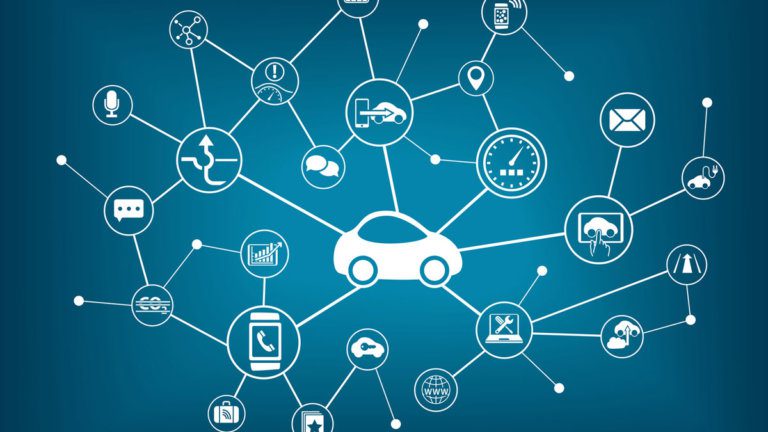Consumer
CES 2014: Two Trends Cable Should Watch

Cable television started as a way to get broadcast television to remote locations. It evolved into the consumer technology leader it is today by finding new and non-obvious opportunities and bringing them to consumers. Two of these opportunities were evident at CES 2014.
Internet of Things
The trend you are most likely to hear about on the news is the "Internet of Things." Nobody has a very good definition of this since most companies implementing it are doing it differently. Intel is building chips to support it. Brian Krzanich (CEO) introduced "Edison," a dual-core Quark system-on-a-chip (SoC) computer with built-in WiFi and Bluetooth – on a thumbnail-sized SD card! He called it the "edge device" for the Internet of Things and announced a contest for new technology built with Edison with $1.3 million in prize money and a team to commercialize the best products.
John Chambers (CEO of Cisco) was also very bullish on the Internet of Things, claiming it would be a $19 trillion opportunity. He said 2014 is the transition year into this era. As an example, he brought in the Mayor of Barcelona who has created a budget surplus by networking parking spots and trash collection. With a networked parking system, people can use a smart phone app to drive directly to an open spot. This reduces traffic, saves time and lowers emissions. It also increases meter revenue and creates happy citizens. It also makes ticketing more efficient as officers are routed directly to cars that have overstayed their fare.
Wearables, including watches, fitness wrist bands and smart clothing are a growing segment of the Internet of Things. With these devices, you can get personalized services while adding control over your personal data.
Smart sensors and home automation round out the current offering for internet of things. These "things" are adding new sensor and automation capabilities while becoming cheaper and more ubiquitous.
Astonishingly, one piece of the puzzle is missing. These devices are not communicating in the same language or in any sort of organized ecosystem outside their own little domain. This is an opportunity for cable. Leveraging the core competency of aggregation and an existing presence in the home, cable is well positioned to provide a common ecosystem for their own customers and influence the general development of the Internet of Things.
Connected Cars
While our hybrid fiber-coax plants present particular problems connecting to moving vehicles, the automobile space should not be overlooked. As cable has learned from our over-the-top video competitors, owning the infrastructure is not a requirement for providing service.
Virtually all major car companies are providing connections, sensing and automation it their vehicles. Audi, Ford, GM, Kia, Toyota, Mercedes-Benz and others were at the show demonstrating driverless cars, self-diagnostics, and connected entertainment. Several are offering software development kits, but it's clear that there is little agreement between manufacturers on software architecture.
Cable has an opportunity in this space to provide its existing services such as car DVR, remote programming of recordings, and content streaming to its customers. Imagine pulling into the garage and having your DVR recordings automatically copied to the car. Kids could watch new episodes of their favorite shows while parents could escape hearing the sound track to the same video a thousand times. You could also program your DVR from the car (perhaps using your voice) so you don’t miss the start of the football game. There are many other possibilities as cable operators look beyond the walls of the home for new market opportunities.
Opportunities
While CES is a strange week-long world in which the limits of technology are stretched, it inevitably delivers a few developments that drive the future. Often, these developments provide clear opportunities for the cable industry, but sometimes it’s not so obvious. The Internet of Things is an opportunity way beyond cable, but cable is well positioned as an aggregator and service provider to bring this opportunity to its customers. Providing cable services to automobiles is a market that can be easily dismissed, but cable began as a way to overcome challenges and provide service where it wasn’t previously available. Cable should consider these opportunities and once again push beyond perceived boundaries into new horizons.
By Clarke Stevens

